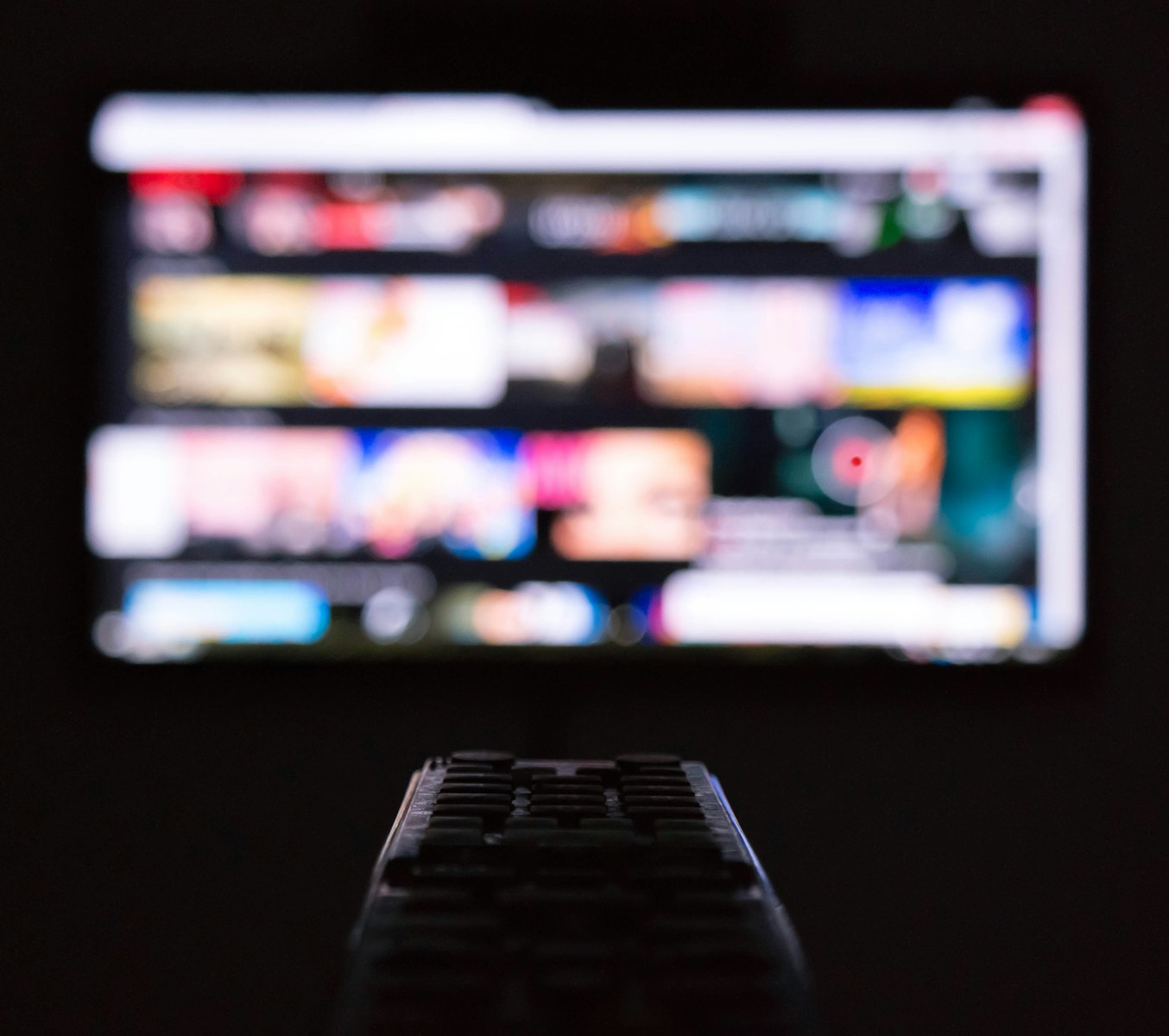KEY TAKEAWAYS:
- Ana Kasparian calls out right-wing media for “pearl clutching” over a conservative activist’s death.
- She highlights past mockery and downplaying of political violence against Democrats.
- Some conservatives now demand censorship of left-wing voices on social media.
- Critics warn these reactions may stir even more political violence across the nation.
In a new podcast episode, Ana Kasparian, co-host of The Young Turks, slammed how right-wing media responded to conservative activist Charlie Kirk’s murder. She argued that instead of cooling tensions, high-profile voices on the right seem to be hyping a war with the left. Moreover, Kasparian pointed out that the same groups now expressing outrage have a long history of mocking political violence against Democrats.
Political Violence Sparks Media Debate
First, Kasparian described the “pearl clutching” tone in right-wing broadcasts after Kirk’s murder. She found it insincere given the record of past comments from many conservative hosts. For instance, when a violent attack hit a Democrat’s home, some of these figures brushed it off. Consequently, her listeners heard her ask: “Why is this sudden concern only when a conservative voice is hurt?”
Furthermore, Kasparian noted Rep. Clay Higgins shared false claims about the attack on Paul Pelosi in 2022. At that time, Higgins and others spread disinformation instead of demanding justice. Now, Higgins calls for banning anyone who “belittles” Kirk from social media. According to Kasparian, this shift shows a double standard in dealing with political violence.
How Political Violence Gets Hyped
Then, Kasparian turned to social media posts. She highlighted a tweet from writer Chris Rufo that said, “The last time the radical Left orchestrated a wave of violence and terror, J. Edgar Hoover shut it all down.” In her view, that comment implies the left poses a terror threat equal to historical violent campaigns. However, she argued that this exaggeration only fans the flames of political violence.
Moreover, she criticized calls to censor left-wing voices permanently. She warned that such censorship would not calm angry people. Instead, it could drive some to take dangerous actions. Therefore, she urged both sides to lower the temperature and seek real solutions.
Conservative Reaction Mixed
Meanwhile, some right-wing hosts defended their outrage as genuine grief. They argue they merely want accountability and safety. Yet, Kasparian insists accountability should apply equally to all political violence incidents. She pointed out how, in the past, some conservative figures laughed off threats against liberal lawmakers. By contrast, they now call for swift punishment when one of their own is harmed.
Thus, she says this pattern of selective sympathy undermines trust. It also suggests that outrage serves political ends more than a desire to stop violence. Consequently, listeners may feel manipulated when media figures shift tone to suit their agenda.
Why This Matters
This debate matters because political violence threatens democracy itself. When leaders or influencers seem to cheer or downplay violent acts, they erode public trust. Moreover, calls to censor political speech risk silencing healthy debate. If people feel they cannot speak freely, they might resort to more extreme tactics.
On the other hand, genuine concern about violence should lead to practical steps. For example, lawmakers could work across party lines to tighten security at public events. They might also promote educational campaigns that teach citizens how to engage in politics without threats or harm. Ideally, media figures would use their platforms to calm fears, not fuel them.
What Comes Next?
Looking ahead, Kasparian encouraged her audience to watch for patterns. She advised listeners to note when outrage is sudden and one-sided. She also asked them to seek balanced coverage of all violent incidents, regardless of the victim’s politics. By doing so, the public can hold media figures accountable for selective outrage or hypocrisy.
Furthermore, she recommended supporting independent fact-checkers to verify claims about attacks or plots. This step can help prevent the spread of false information that drives fear and anger. Ultimately, she believes that a better-informed public can push for policies that truly reduce political violence.
In the end, Kasparian’s message was clear: we must demand consistency. Whether a left-wing or right-wing figure faces threats, all instances of political violence should meet equal condemnation. Meanwhile, media outlets should avoid sensationalism that divides rather than unites.
FAQs
Why did Ana Kasparian call out right-wing media?
She felt their sudden shock over Charlie Kirk’s death was hypocritical, given past mocking of violence against Democrats.
What examples did she give of past hypocrisy?
She cited Rep. Clay Higgins spreading false claims about the attack on Paul Pelosi and other conservatives downplaying threats to liberals.
How can people fight against sensationalized coverage?
By seeking balanced reporting on all acts of violence and supporting fact-checkers who verify claims.
What practical steps can reduce political violence?
Lawmakers can tighten security, promote civics education, and encourage respectful political debate.

